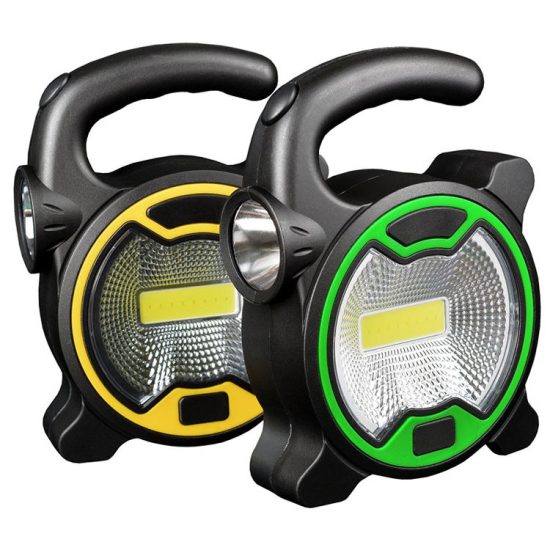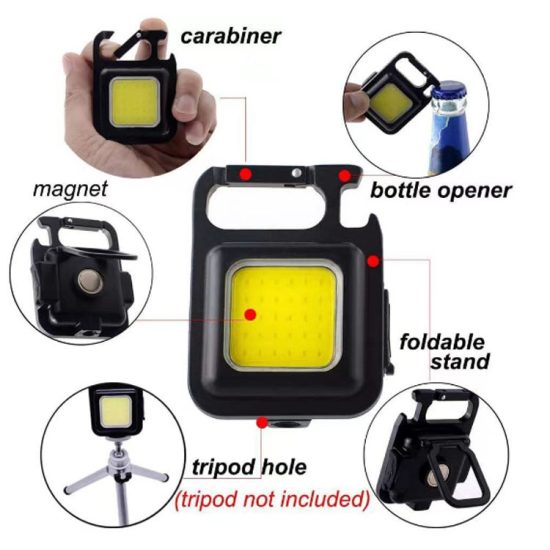Flashlight technology has seen significant advancements, but innovation continues to push boundaries. Here are some potential directions for future flashlight developments:
1. Improved efficiency and brightness:
Advancements in led technology: Further improvements in led efficiency could lead to even brighter output with lower power consumption.
Enhanced beam control: More precise beam shaping capabilities for customized light patterns and wider ranges without sacrificing brightness.
2. Battery technology:
Longer battery life: Continued advancements in battery technology might yield flashlights with longer-lasting power, possibly utilizing newer battery materials or enhanced rechargeable options.
Fast charging: Integration of rapid charging technologies to reduce charging times for rechargeable flashlights.
3. Smart and connected features:
Integration with iot (internet of things): Flashlights with smart connectivity, allowing for remote control, automation, and integration with other devices or smart home systems.
Health and safety features: Integration of sensors for detecting hazards like gas leaks, air quality, or radiation.
4. Sustainable and eco-friendly designs:
Solar-powered flashlights: Further development of solar-powered options for eco-conscious users or emergency situations where recharging isn’t feasible.
Biodegradable materials: Utilizing more environmentally friendly materials in flashlight construction to reduce environmental impact.
5. Enhanced durability and versatility:
Indestructible design: Flashlights engineered to withstand extreme conditions, making them virtually indestructible.
Modular design: Customizable flashlights with interchangeable components for tailored use in various environments or situations.
6. Integration with wearable tech:
Wearable flashlights: Integration of compact and lightweight flashlights into wearable devices such as clothing or accessories for hands-free illumination.
7. Advanced user interface:
Gesture control or voice activation: Hands-free operation through gestures or voice commands for easier use in various situations.
8. Holographic or advanced lighting technologies:
Holographic projection: Advancements that allow flashlights to project holographic images or display information beyond simple illumination.
9. Safety and security features:
Integrated emergency functions: Incorporation of emergency functions like gps, distress signals, or medical alerts for outdoor and emergency use.
10. Nanotechnology and material innovations:
Nano-coatings for optics: Improved lens coatings for better light transmission and resistance to scratches or damage.
The future of flashlights will likely focus on maximizing efficiency, improving sustainability, and incorporating innovative technologies to meet various user needs in both everyday and specialized settings. As technology advances, we can expect flashlights to become more versatile, durable, and user-friendly.


